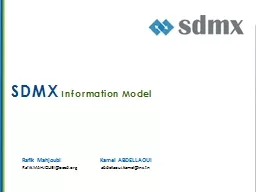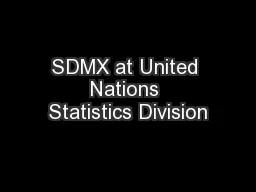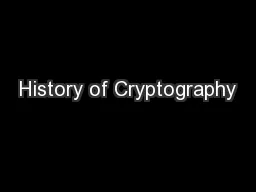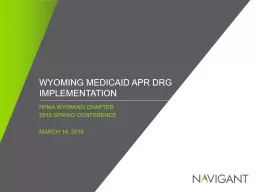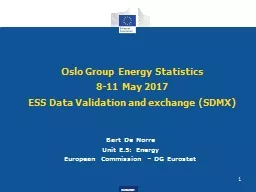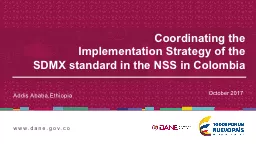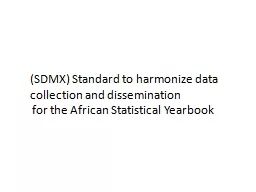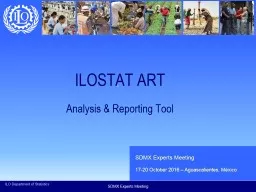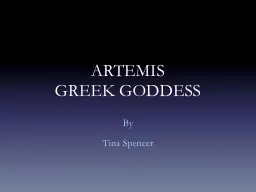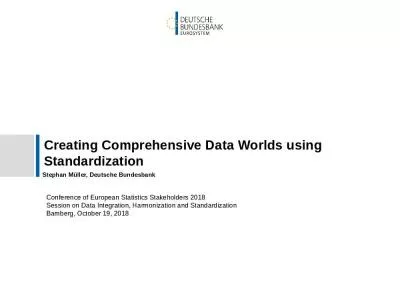PPT-Apr 2017 SDMX Information Model
Author : WheresMyPizza | Published Date : 2022-08-03
Rafik Mahjoubi Kamel ABDELLAOUI RafikMAHJOUBIoecdorg abdellaouikamelinstn WHAT SDMX IS This is what SDMX provides and enables A model to describe statistical
Presentation Embed Code
Download Presentation
Download Presentation The PPT/PDF document "Apr 2017 SDMX Information Model" is the property of its rightful owner. Permission is granted to download and print the materials on this website for personal, non-commercial use only, and to display it on your personal computer provided you do not modify the materials and that you retain all copyright notices contained in the materials. By downloading content from our website, you accept the terms of this agreement.
Apr 2017 SDMX Information Model: Transcript
Download Rules Of Document
"Apr 2017 SDMX Information Model"The content belongs to its owner. You may download and print it for personal use, without modification, and keep all copyright notices. By downloading, you agree to these terms.
Related Documents

